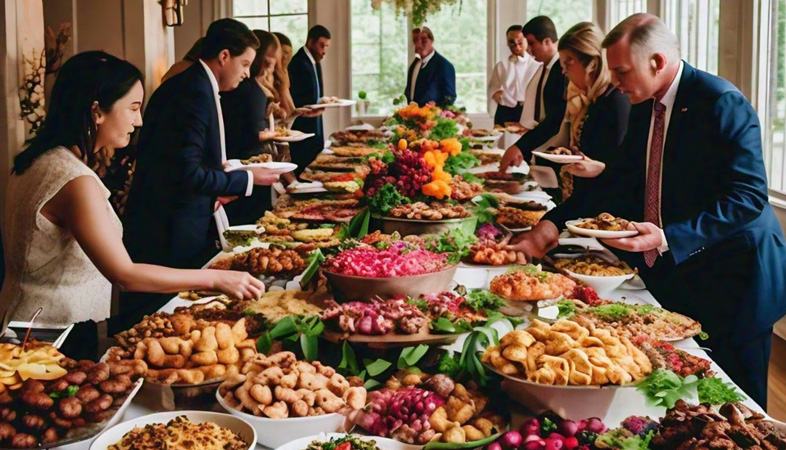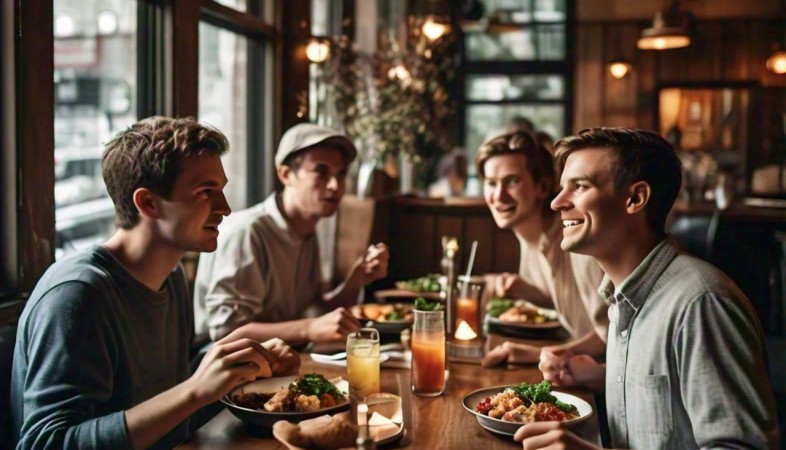SHARE
Commercials
More Posts
Jun 14, 2025
Creating Feel-Good Interiors for Hotels
Feb 07, 2025
Cabinet Pudding - By Chef Indrajit
Jun 14, 2025
Creating Feel-Good Interiors for Hotels
Feb 07, 2025
.png)




























